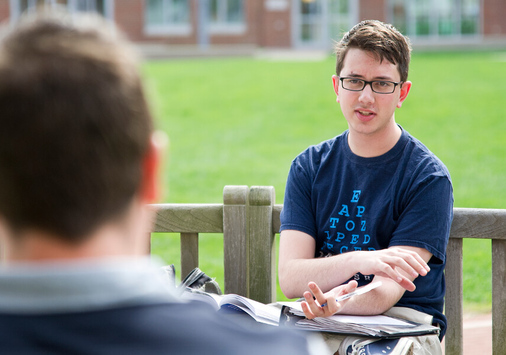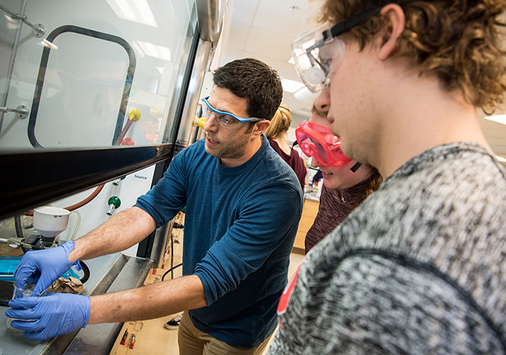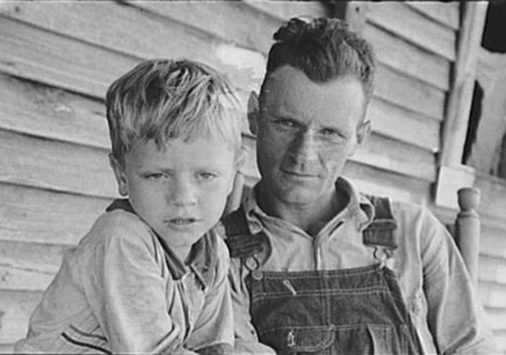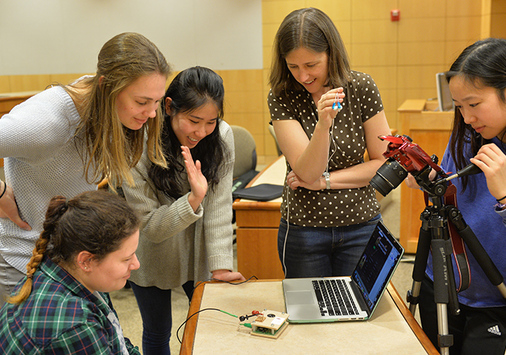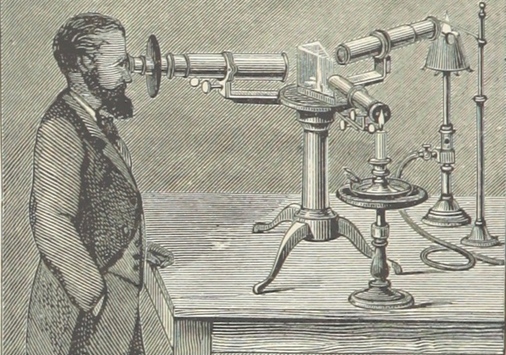Earlier this semester I started piano and voice lessons. That admission isn’t particularly extraordinary; in fact, there are good reasons to learn to play piano, as Elissa Milne provocatively describes in this post. But here’s the thing: I am a total novice. As in, I cannot carry a tune in the proverbial bucket and my only sustained experience learning a musical instrument involved the death match I had with my trumpet in the fifth grade.
So, it was with considerable trepidation that I met my teacher for my first lesson on a Tuesday in late January. While I have known Carol Koch-Worrell for over a decade (we attend the same church, where she, not surprisingly, sings in the choir), this meeting was different. I was a student, in every sense of that word. And I have to tell you, the very prospect of learning to play the piano at my age felt hard, even before the first lesson got underway. (My twenties cast nary a shadow in the rear-view mirror, while a certain milestone birthday is staring me in the face with a closeness and hostility I find wholly off-putting.) And don’t even get me started on trying to learn to sing.
But here’s the thing, since putting on my student hat, I’ve learned some things that are helping me in my classroom. Carol is an extraordinary teacher, and believe me, I’m testing every thread of her patience. And between watching her create the conditions where I’m immersed in learning how to play and sing and doing something so far outside my comfort zone (you haven’t heard me sing!), I’ve come to embrace some key principles that have improved my students’ learning this semester. Here are four:
1. Enthusiasm and affirmation are contagious life forces, and they can fundamentally alter how someone learns.
I want to be clear: Teaching is not akin to a Jimmy Fallon monologue and I will fight to my last breath on behalf of the principle that the best learning happens when instructors are their genuinely authentic selves. But Carol has reminded me that when I believe in my students, when I bring the proverbial thunder, as my colleague Laura Russell likes to joke, something happens. I make so many mistakes and miscues during my lessons that I think I’m close to a world record. And Carol never stops encouraging me, never ceases to act as if she is my champion, and never relents of her conviction that, as current parlance goes, “I got this!”
What would your class look like if you modeled enthusiasm and affirmation that was infectious? If you acted as if your students in fact could summit any intellectual mountain you set before them?
2. Daily practice makes a profound difference.
I resisted this at first. Like all of my colleagues, my plate is pretty full, and when I’m not busy with Denison-related work there is always something else to do or waiting to be done. When I first started lessons, I approached practice as “catch-as-catch-can”; after all, I had other things to do. Carol set me straight: I needed to put my fingers on the keys every single day. And if I did this, she helped me understand, eventually my brain and my body would start to find a harmony between them. What once seemed daunting (“You want me to play with both hands? At the same time?”) has gotten a little easier. In this sense, Carol’s directive echoes that of Douglas Larsen, a pediatric neurologist and one of the exemplars of learning profiled in Make It Stick: The Science of Learning. “Making the brain work,” Larsen explains, “is actually what seems to make a difference—bringing in more complex networks, then using those circuits repeatedly, which makes them more robust.”
What are ways you might fold in intentional opportunities for students to practice the knowledge, skills, creativity, and thinking you want them to realize? How might these practice opportunities cultivate variety, novelty, interleaving, and spacing (to borrow from MIS)?
3. If it’s hard, mistakes are sure to follow. And that’s part of learning.
When I would first play for Carol, I wanted to play everything “right” or “perfectly.” The problem with this ethic is that I would get a couple of notes into a measure (or, if I was really killing it, a couple of measures into the composition) and invariably make a mistake. And then quickly another mistake. And then I would stop in frustration. What I needed to do, Carol instructed, was to play the whole piece through, mistakes and all! These instructions went against my instincts—and my ego. Why not, I wondered aloud, practice a particular measure until I could play it perfectly, and then move to the next one, and so on? For Carol, this kind of targeted micro-practice has a place, but there’s a longer game she’s playing: She needs me to get over my fear of making mistakes and let go of my selfish notions that my playing and singing have to be “perfect.” By letting go of these thoughts I’m better positioned to feel my hands and voice do the work of playing and singing the notes, of hearing what I’m playing and being more present to the music. Now, when I make a mistake, I simply play the next note. I know I can play the piece again and self-correct. And one result is I’m having a lot more fun!
What would your teaching look like if you created assignments and other learning opportunities that gave students the freedom to make mistakes or even fail? What kinds of learning might result from helping your students let go of the perception that knowledge is cultivated through seamless effort as opposed to what we know to be true: Real learning takes real work.
4. I can’t do this alone.
This seems obvious; after all, Carol is my piano and voice teacher. But what she has helped me remember is the cooperative dimensions that inform the best, most meaningful kinds of learning. At every lesson, she reminds me that both of my daughters take piano lessons too (they are way more advanced than me), and that my own learning will be accelerated if I can learn to ask them for help. “Have Emerson play the left hand while you play the right hand and sing the melody,” Carol will suggest. Or: “What if you gave a recital for your family? Start with Runaway River and work up to the next thing.” (Note well, the hands in the video aren’t mine.) I used to think that the most significant learning happened in something akin to an isolation chamber: If I just plied enough effort, on my own, I’d eventually learn what I needed. Yet we know our brains are thoroughly social, and we learn better, and the learning sticks, when it’s characterized by a spirit of cooperation and shared investment.
How might you use portions of class to encourage students to learn with and from each other? What would your semester look like if you dedicated your energies to promoting collaborative learning opportunities?
Suffice to say, I have a long way to go in my musical stylings. But in beginning again, I’ve come to realize that learning is fun, that trying something new need not result either in profound embarrassment or catastrophic failure. Once a week I commit to admitting that I have so much to learn. And that admission feels really good. And I’m remembering why teaching may be the very best gig on the planet. Thanks, Carol. And, someday, I hope to say that in a song.



